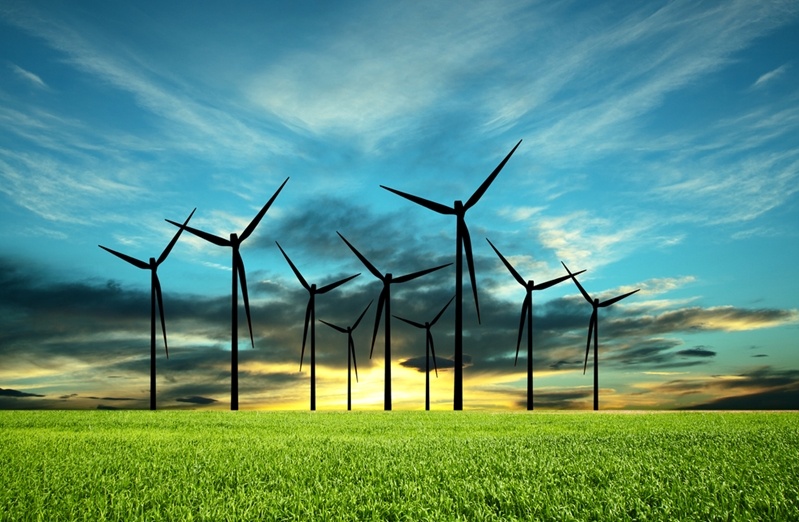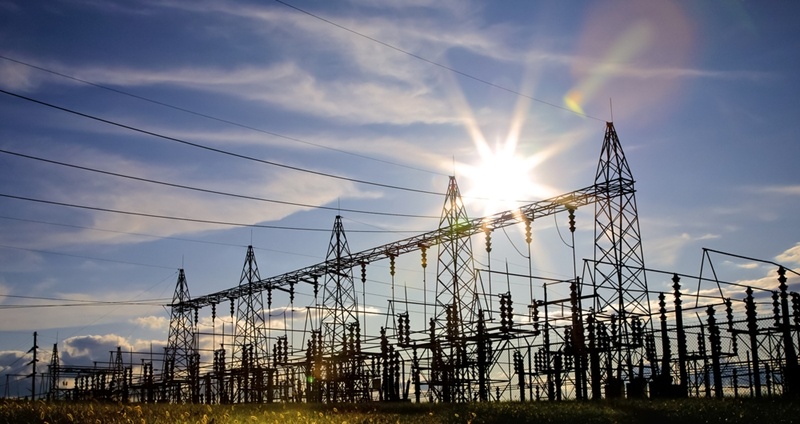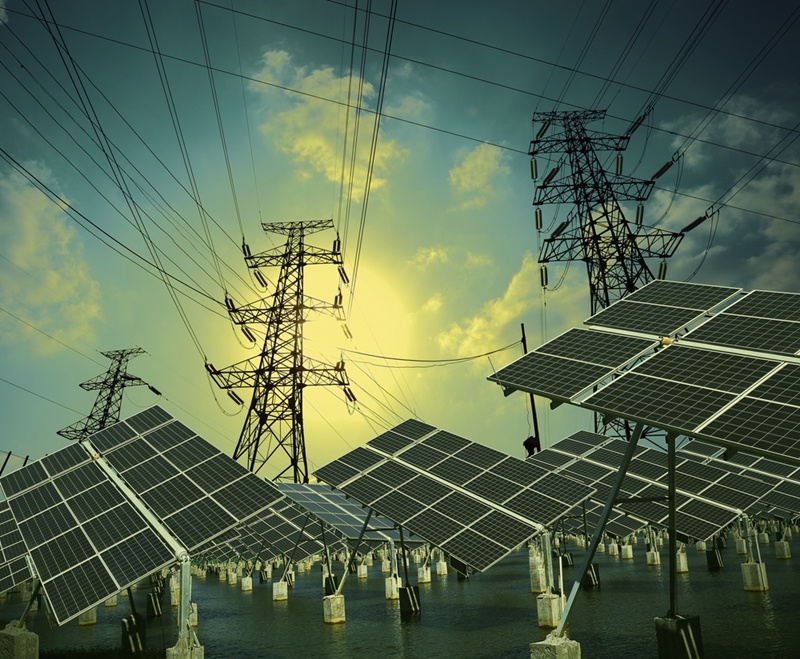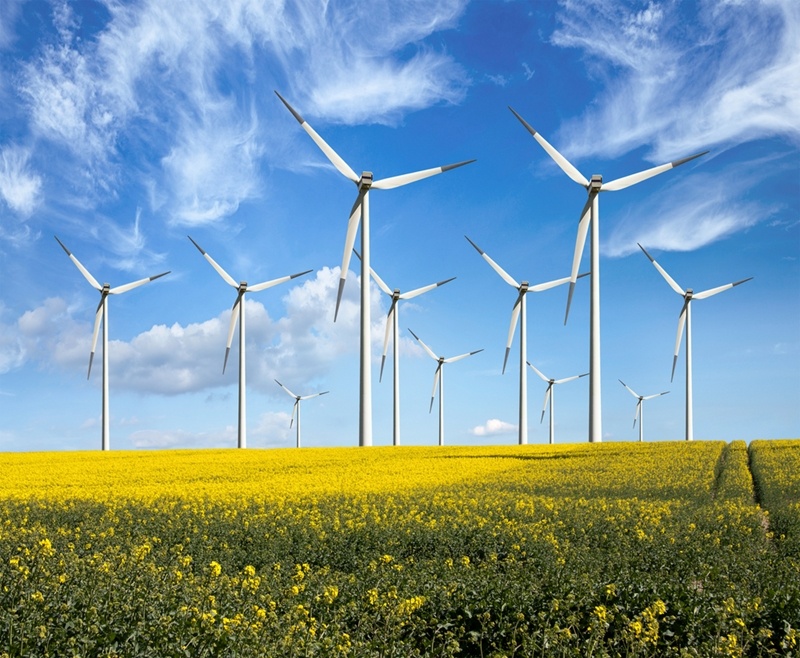Is U.S. wind energy caught in an updraft?
Many people would argue wind energy has broken the barrier separating it from mainstream generation, but the facts have not historically favored this idea. According to the Institute for Energy Research, wind energy traditionally comprises less than 2 percent of all forms of energy consumed in the U.S.
As the nation pushes toward a greener, cleaner future, wind energy is poised to become a dominant market force. Though the technology may still be establishing its footing, the environment into which its growing may be just the fertilizer it needs to take root.
"Wind energy's importance as a emissions-free resource will play into 2020 carbon benchmarks."
Exploiting the wind pocket
Wind energy has emerged during a very turbulent time in the history of U.S. energy, but its timing might work to its favor.
Two events bookending the resource both encourage its development and invigorate the twilight of its build cycle. First, continuation of both the production tax credits and investment tax credits for wind energy from 2013 have made it easier for energy interests to integrate the technology quickly without budgetary struggles. A Navigant Research study believes extension of the PTC/ITC programs through 2016 could add as much as 14.8 gigawatts of new infrastructure to the national grid.
And while wind energy's current build cycle winds down, its importance as a emissions-free resource will also play into 2020 carbon benchmarks mandated by the Obama administration's Clean Power Plan. Though a tax rebate for every kilowatt-hour of wind energy generated coupled with strict, impending greenhouse gas regulations may obfuscate how wind energy may fair toward the tail end of the decade, its successes so far give it a strong advantage over other carbonless renewables like solar.

ERCOT under a microscope
For an example of wind energy's potential for the future of the grid, one need only look toward current events in the southwest. Platts reported higher-than-anticipated wind energy output for the Electric Reliability Council of Texas, so high in fact, production pushed the organization's real-time prices below $0 per megawatt-hour. This broke the region's previous generation record by 300 megawatts.
Though much of this remarkable story is contingent upon a perfect storm of external factors, its impact on what wind energy can do for the grid still rings true. Texas may have the largest installed capacity of wind energy in the country. This outstanding price drop may have been aided by the traditionally low demand during the early hours of the day. Seasonal weather conditions may have had an effect on wind turbines that the area may not experience at other times of the year. But intermittence aside, ultimately, wind energy held up its end of the bargain by providing ample supplementary capacity, perhaps even more so than ERCOT predicted. This display could help cement wind as a powerful contender in the coming years as both an answer to emissions reduction and grid modernizations.
This content is property of ESCO Advisors and all reproductions must reference and link back to the ESCO Advisors website.
Share this
You May Also Like
These Related Stories

MISO can clean up its act, but it isn't out the woods yet, says report

Maine Senator drafts unprecedented distributed energy resources bill


